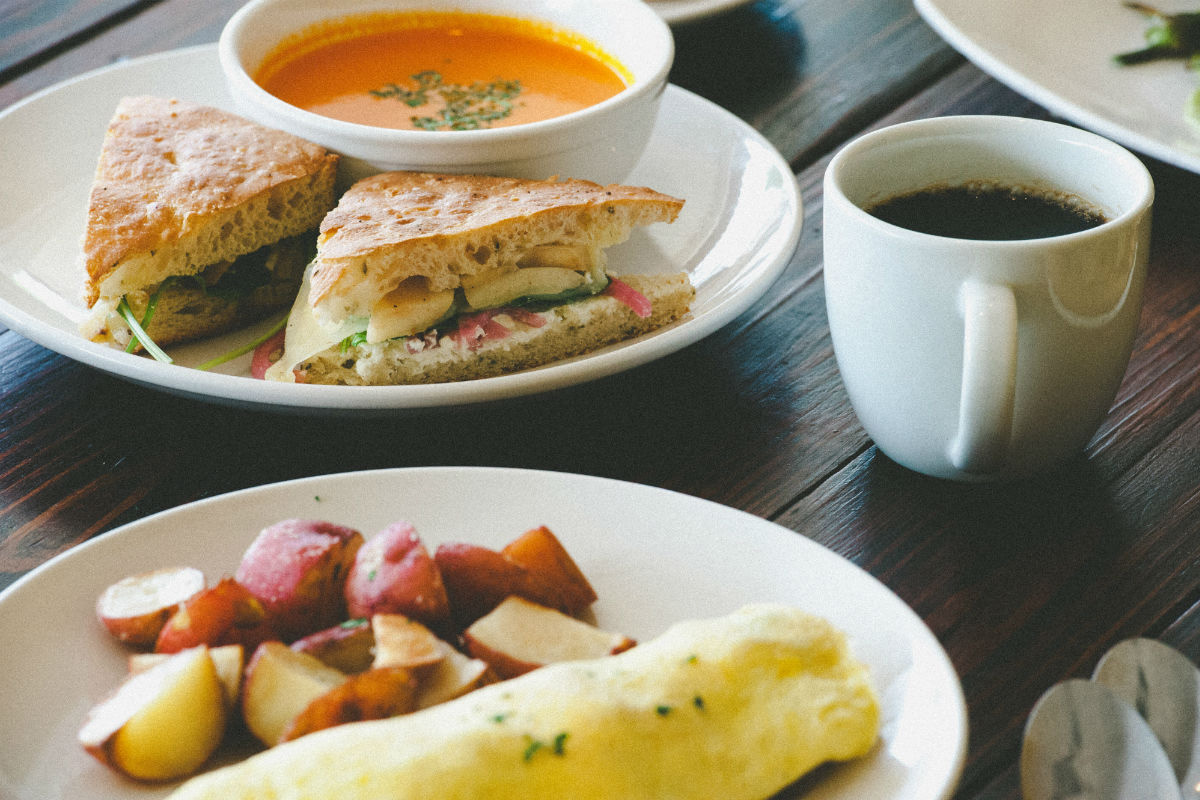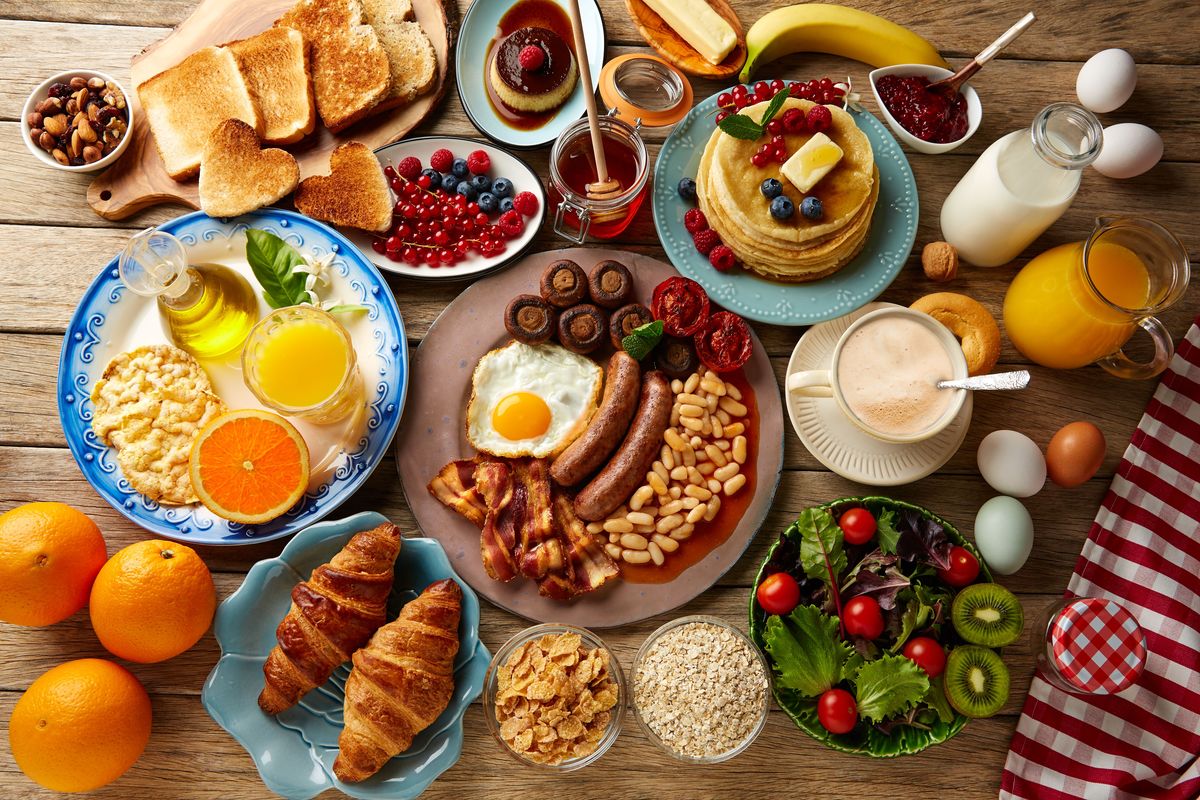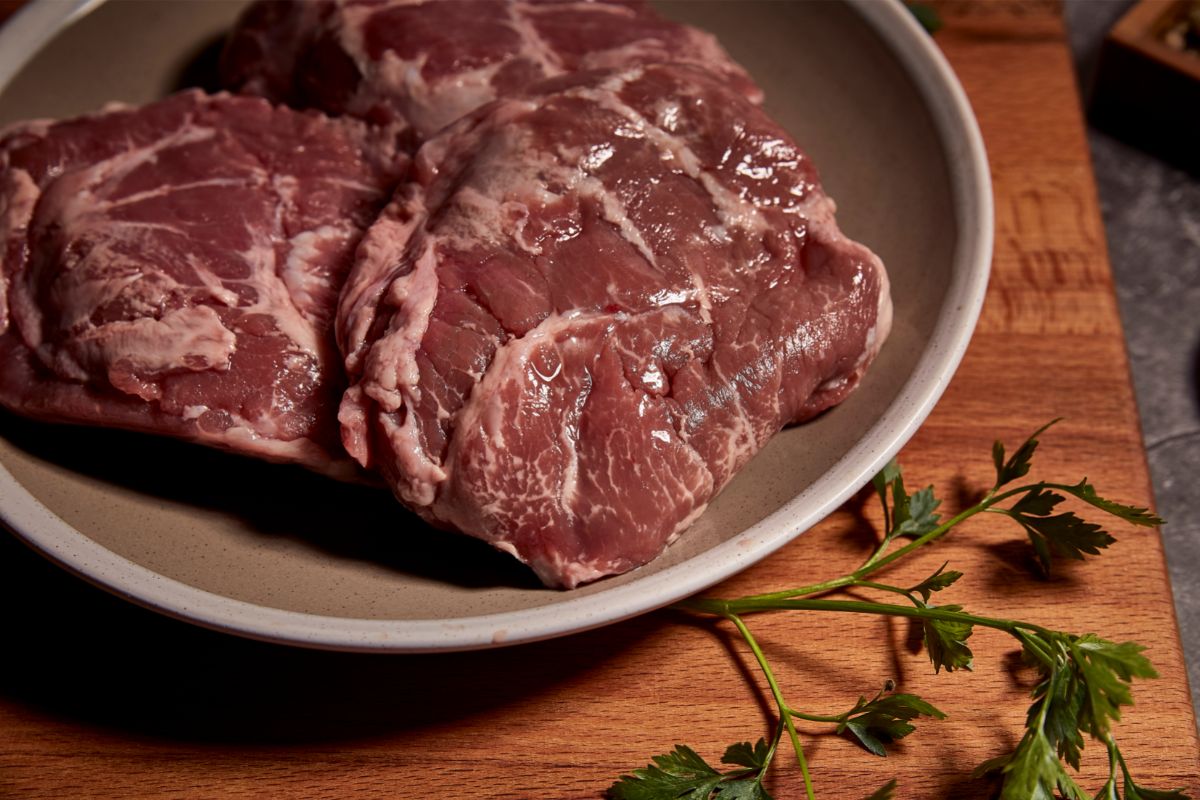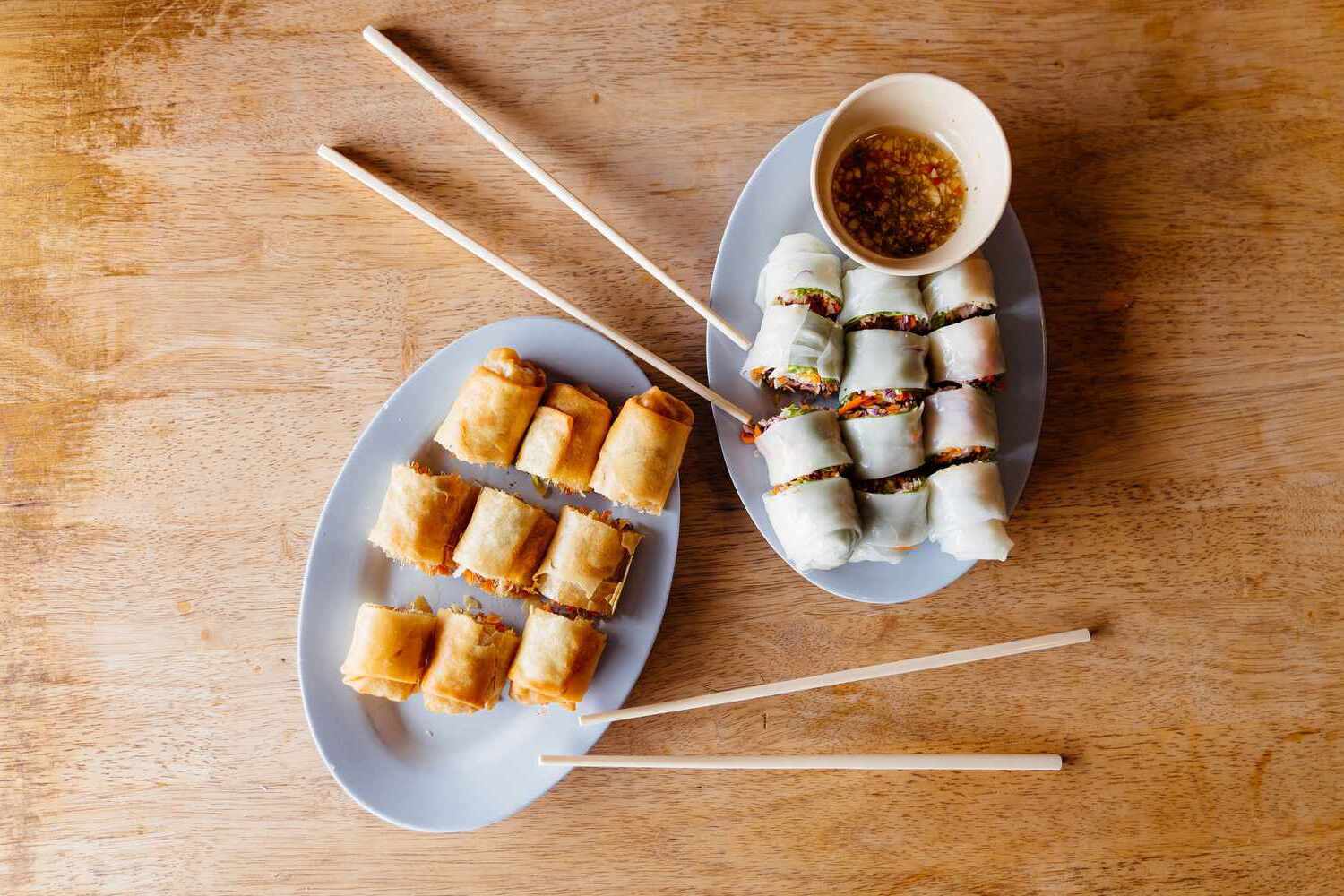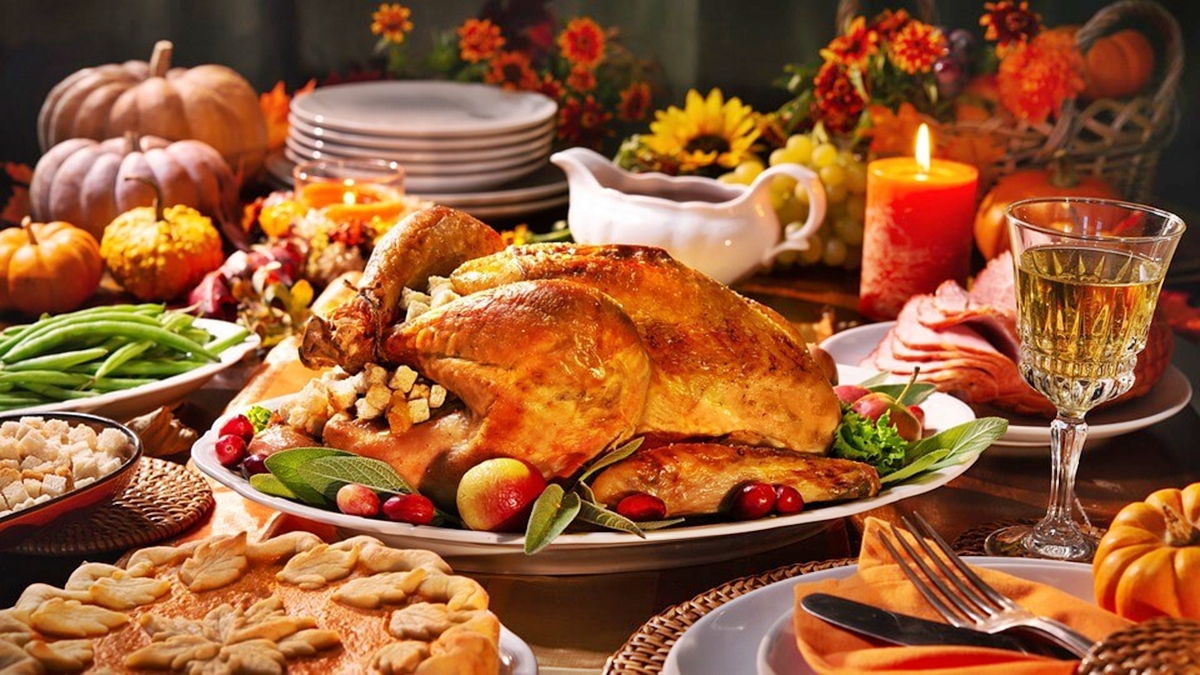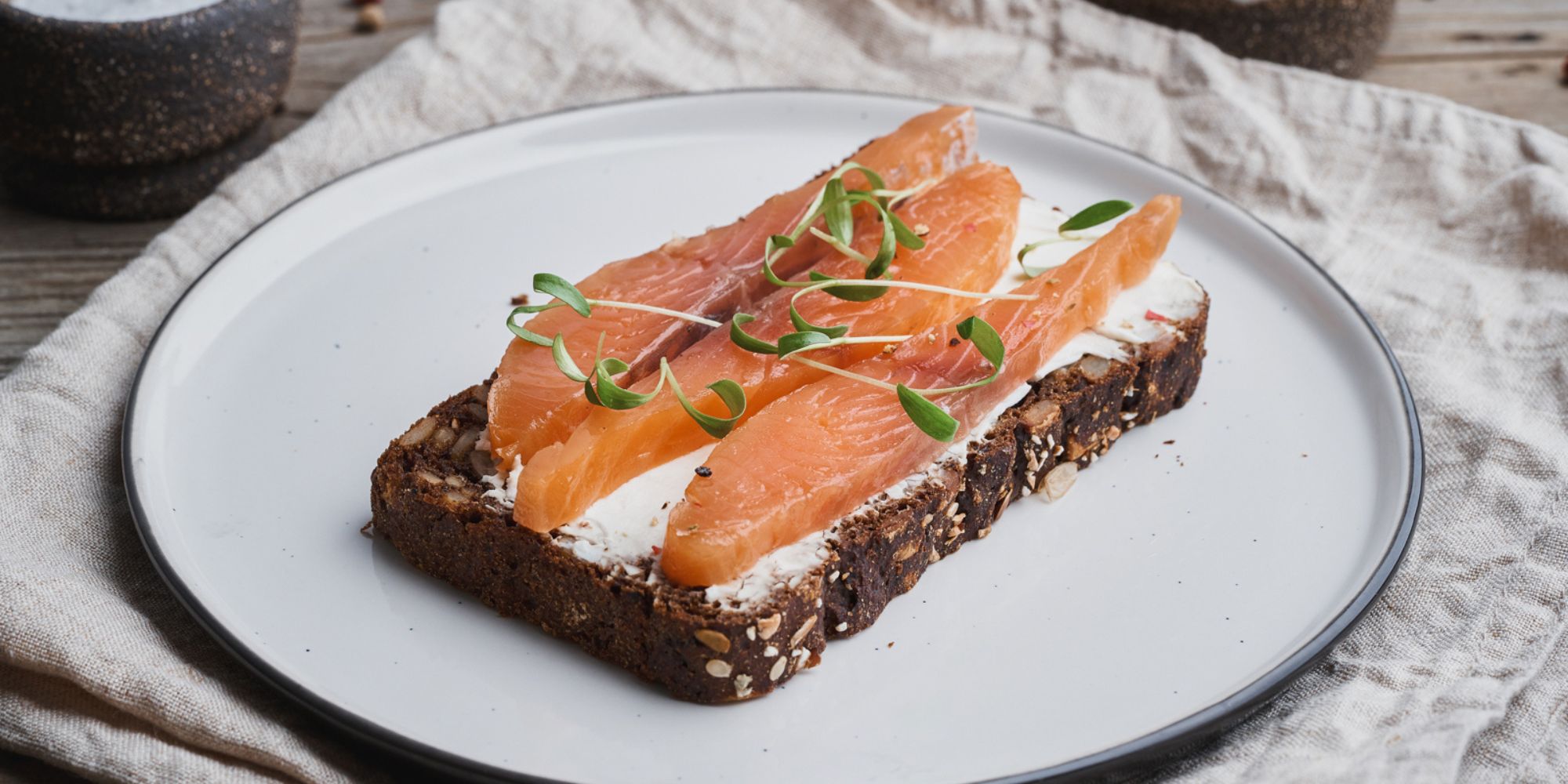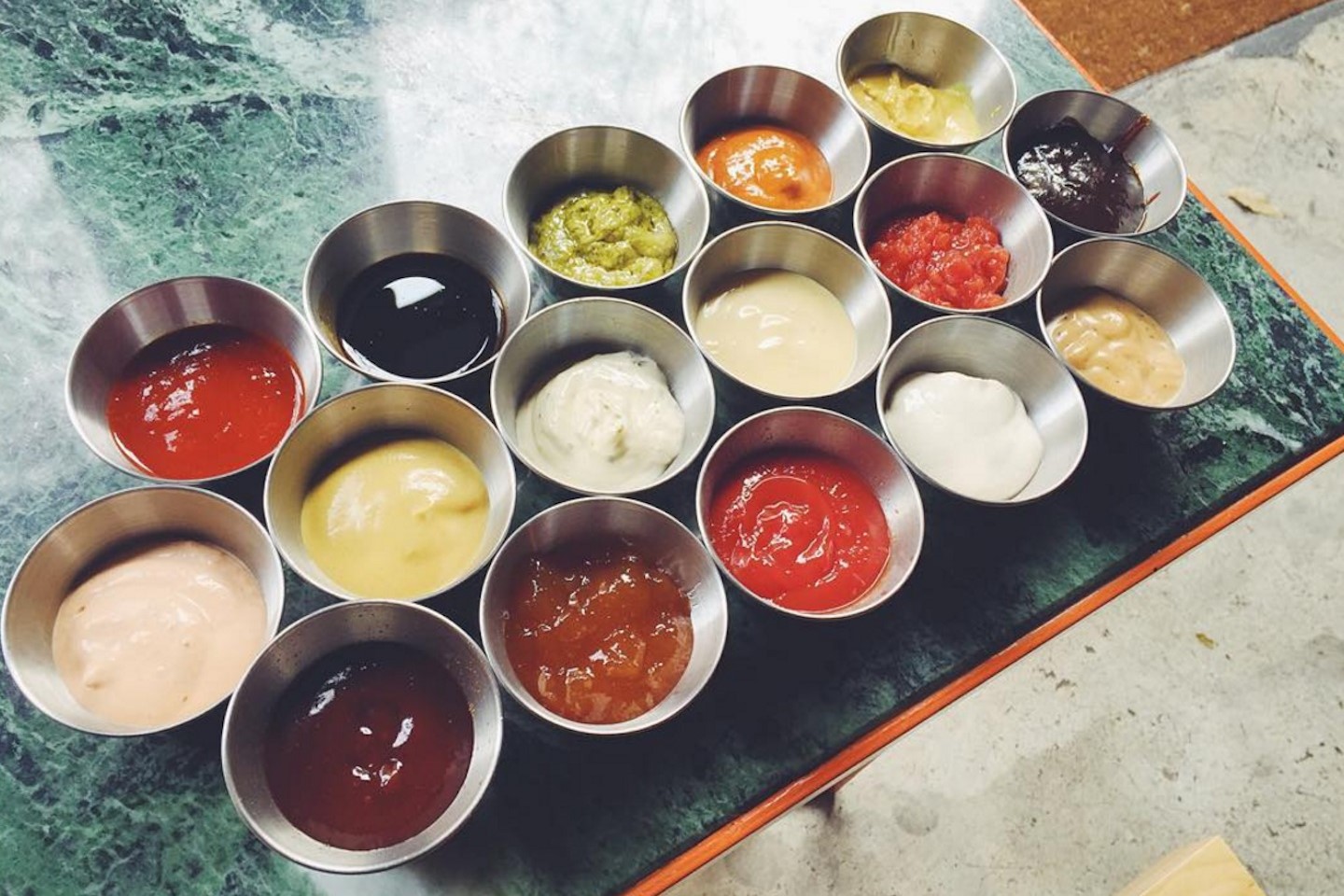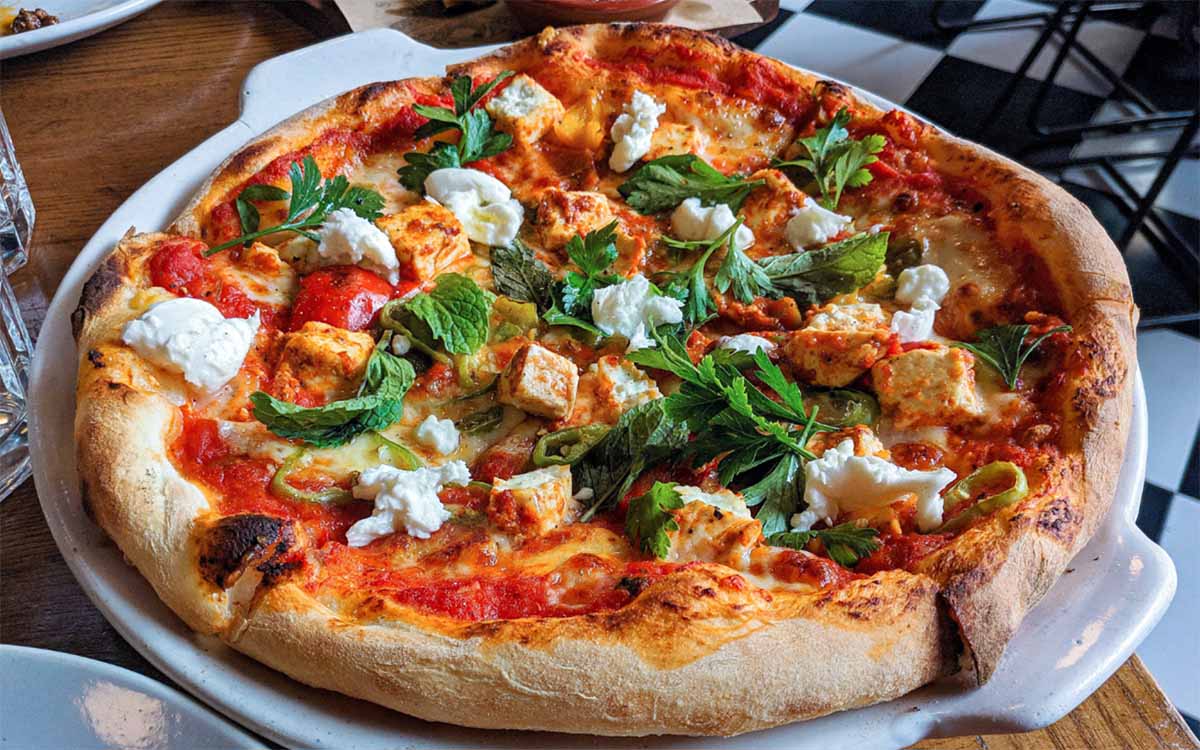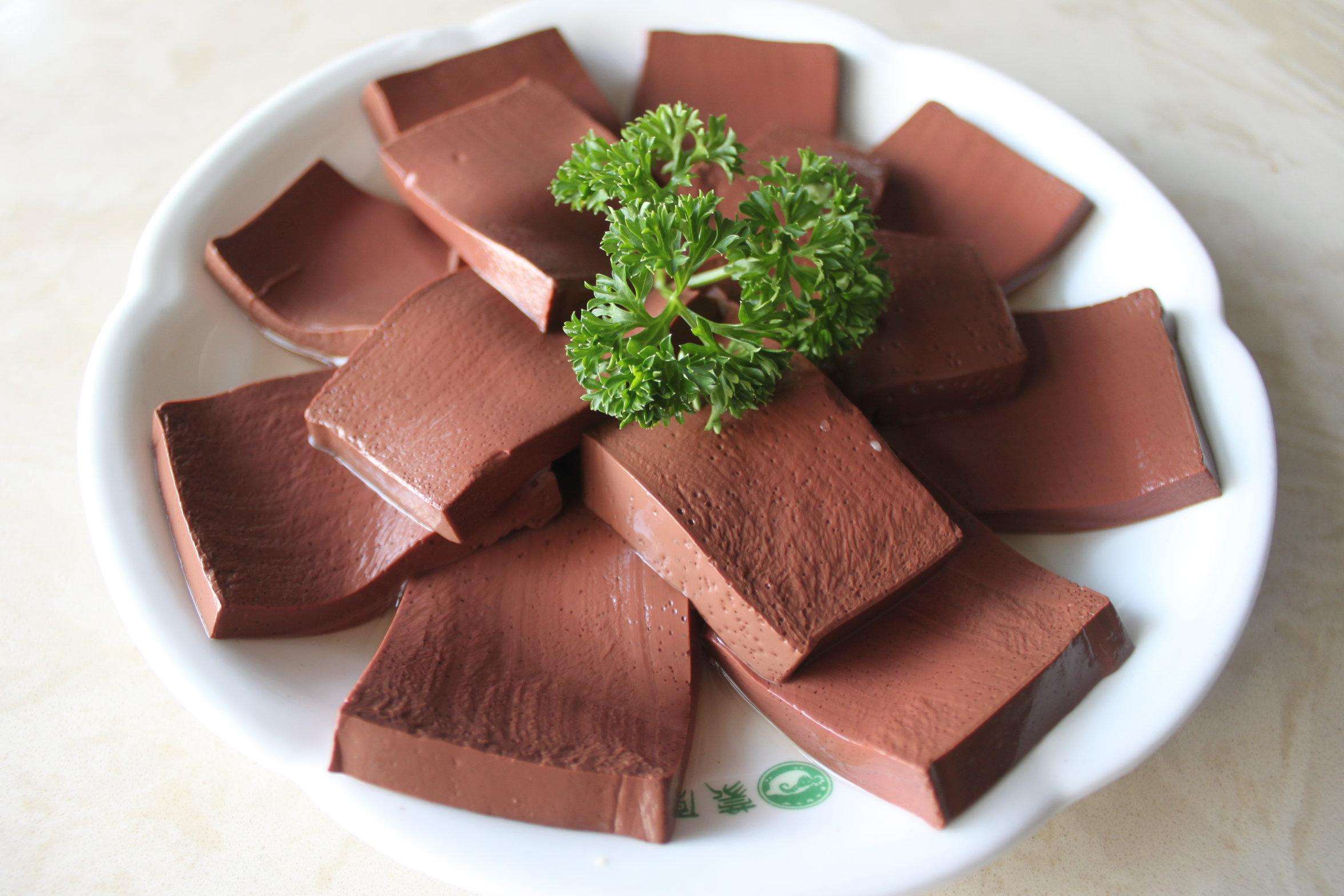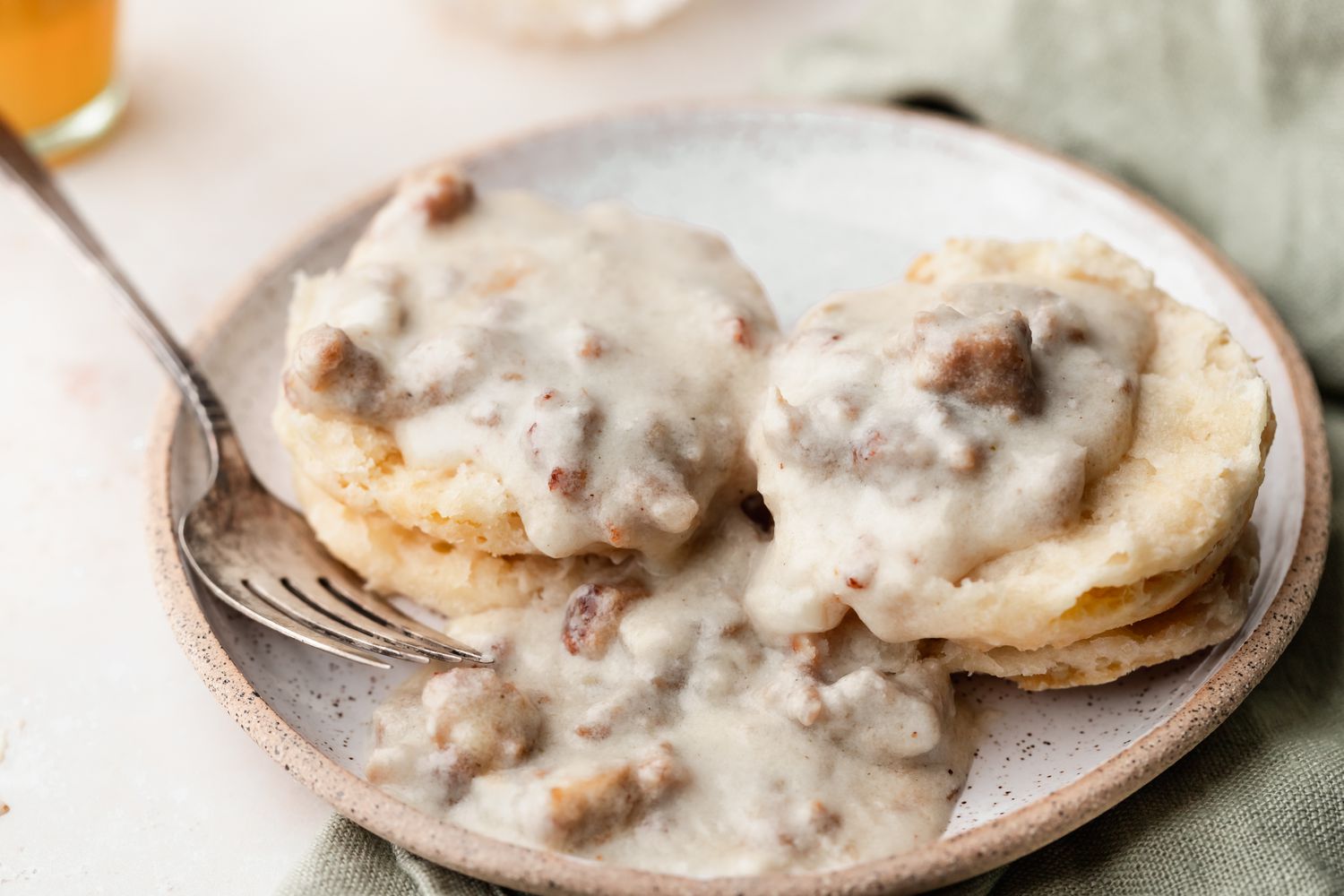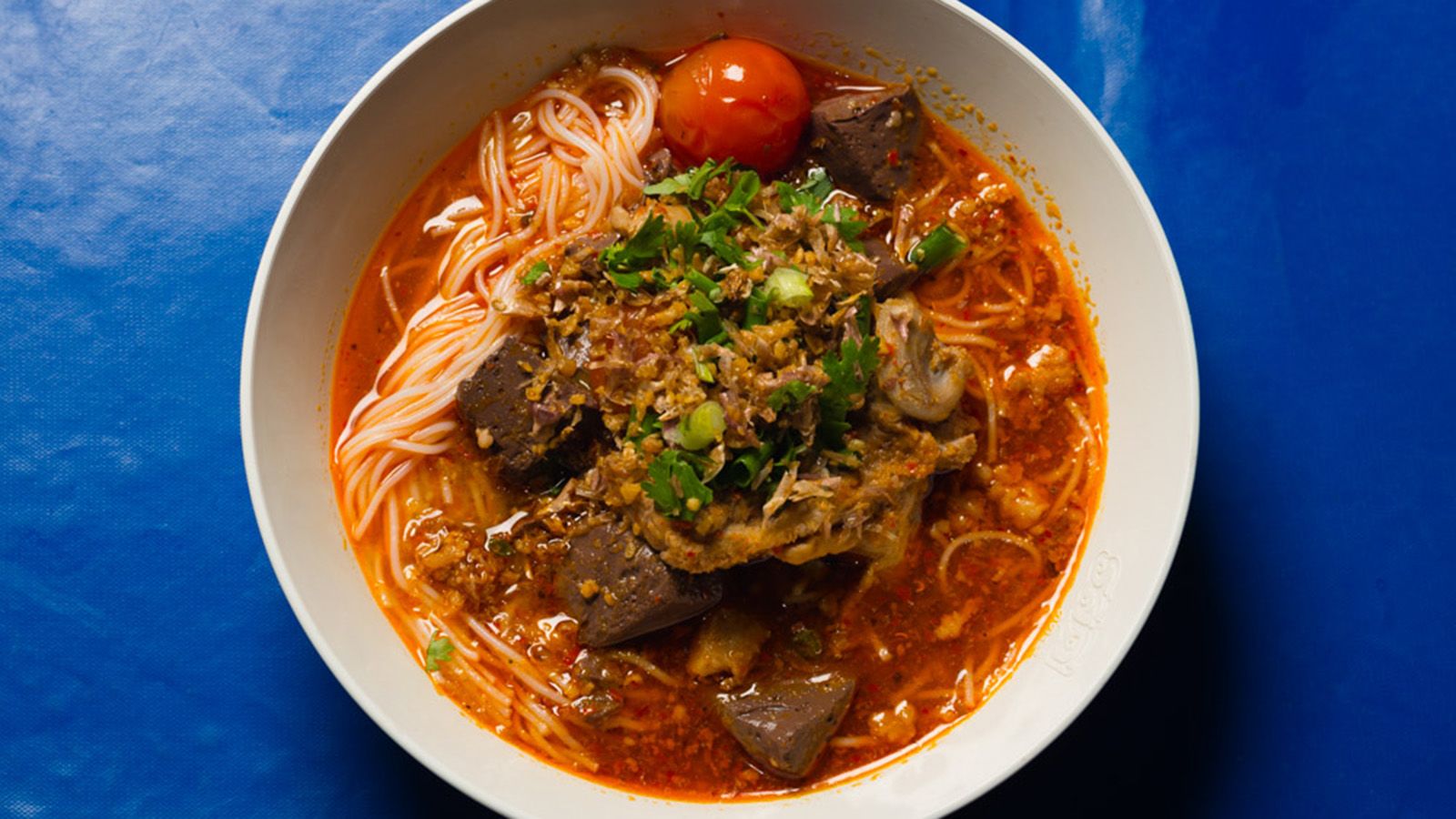Harvest festivals around the world celebrate the bounty of the earth with unique food traditions. From the rice cakes of Korea's Chuseok to the cornucopia of dishes at America's Thanksgiving, these festivals highlight local ingredients and culinary customs. In India, Pongal features sweet rice dishes, while Germany's Oktoberfest is famous for its sausages and pretzels. Each festival offers a glimpse into the culture and history of its people through the foods they prepare and share. Join us as we explore these delicious traditions, discovering the flavors that make each harvest festival special.
Gathering Ingredients for Exploring Global Harvest Festival Food Traditions
Exploring Global Harvest Festival Food Traditions
Mooncakes (China)
-
Dough:
- 2 cups all-purpose flour
- 1/4 cup golden syrup
- 1/4 cup vegetable oil
- 1/2 teaspoon alkaline water
-
Filling:
- 1 cup red bean paste or lotus seed paste
- Salted egg yolks (optional)
Pav Bhaji (India)
-
Vegetables:
- 2 potatoes, boiled and mashed
- 1 cup cauliflower, finely chopped
- 1/2 cup green peas
- 1/2 cup carrots, finely chopped
- 1/2 cup bell peppers, finely chopped
-
Other Ingredients:
- 2 tablespoons butter
- 1 onion, finely chopped
- 2 tomatoes, finely chopped
- 1 tablespoon ginger-garlic paste
- 1 teaspoon cumin seeds
- 1 teaspoon turmeric powder
- 1 teaspoon red chili powder
- 1 tablespoon pav bhaji masala
- Salt to taste
- Fresh cilantro, chopped
- Lemon wedges
- Pav bread rolls
Tamales (Mexico)
-
Masa Dough:
- 2 cups masa harina
- 1 1/2 cups chicken broth
- 1 teaspoon baking powder
- 1/2 teaspoon salt
- 2/3 cup lard or vegetable shortening
-
Filling:
- 2 cups shredded chicken or pork
- 1 cup salsa verde or red chili sauce
-
Other Ingredients:
- Dried corn husks, soaked in warm water
Pumpkin Pie (USA)
-
Crust:
- 1 1/4 cups all-purpose flour
- 1/2 teaspoon salt
- 1/2 cup unsalted butter, chilled and cubed
- 1/4 cup ice water
-
Filling:
- 2 cups pumpkin puree
- 1 cup heavy cream
- 1/2 cup brown sugar
- 2 large eggs
- 1 teaspoon ground cinnamon
- 1/2 teaspoon ground ginger
- 1/4 teaspoon ground nutmeg
- 1/4 teaspoon ground cloves
- 1/2 teaspoon salt
Sukiyaki (Japan)
-
Broth:
- 1/2 cup soy sauce
- 1/2 cup mirin
- 1/4 cup sugar
- 1 cup dashi or water
-
Main Ingredients:
- 1 pound thinly sliced beef
- 1/2 block tofu, cut into cubes
- 1/2 head napa cabbage, chopped
- 1 bunch green onions, cut into 2-inch pieces
- 1 carrot, thinly sliced
- 1 cup shiitake mushrooms, stems removed
- 1 package shirataki noodles
Borscht (Ukraine)
-
Soup Base:
- 2 medium beets, peeled and grated
- 1 large carrot, peeled and grated
- 1 large potato, peeled and diced
- 1/2 head cabbage, shredded
- 1 onion, finely chopped
- 2 cloves garlic, minced
- 4 cups beef or vegetable broth
- 2 tablespoons tomato paste
- 1 bay leaf
- Salt and pepper to taste
-
Garnish:
- Fresh dill, chopped
- Sour cream
Essential Tools for Exploring Global Harvest Festival Food Traditions
Tools Needed for Exploring Global Harvest Festival Food Traditions
- Cutting Board: Essential for chopping vegetables, fruits, and meats.
- Chef's Knife: A versatile knife for slicing, dicing, and mincing.
- Paring Knife: Useful for peeling and intricate cutting tasks.
- Mixing Bowls: Various sizes for mixing ingredients and marinating.
- Measuring Cups and Spoons: Accurate measurements ensure recipe success.
- Wooden Spoon: Ideal for stirring and mixing without scratching cookware.
- Whisk: Helps blend ingredients smoothly.
- Rolling Pin: Needed for rolling out dough for breads and pastries.
- Baking Sheets: For baking bread, cookies, and other baked goods.
- Saucepan: Used for cooking grains, sauces, and small batches of food.
- Stockpot: Perfect for making soups, stews, and large quantities of food.
- Colander: Drains pasta, vegetables, and other ingredients.
- Grater: Shreds cheese, vegetables, and zest from citrus fruits.
- Peeler: Peels fruits and vegetables efficiently.
- Tongs: Handy for flipping and serving food.
- Spatula: Flips pancakes, burgers, and other items.
- Ladle: Serves soups, stews, and sauces.
- Oven Mitts: Protects hands from hot cookware.
- Thermometer: Ensures meats and other dishes reach safe temperatures.
- Blender or Food Processor: Purees, blends, and chops ingredients quickly.
- Mortar and Pestle: Grinds spices and herbs for fresh flavors.
- Steamer Basket: Steams vegetables, dumplings, and other foods.
- Rice Cooker: Cooks rice perfectly without constant attention.
- Dutch Oven: Versatile for baking, braising, and frying.
- Skewers: For grilling meats and vegetables.
- Pastry Brush: Applies glazes, butter, and egg washes.
- Kitchen Scale: Measures ingredients by weight for precision.
- Timer: Keeps track of cooking times.
- Can Opener: Opens canned ingredients easily.
- Garlic Press: Minces garlic quickly.
- Zester: Adds citrus zest to dishes.
- Kitchen Shears: Cuts herbs, trims meat, and opens packages.
- Sieve: Strains liquids and sifts dry ingredients.
- Mandoline: Slices vegetables thinly and uniformly.
- Cast Iron Skillet: Retains heat well for frying and baking.
- Wok: Ideal for stir-frying and high-heat cooking.
- Grill Pan: Adds grill marks and flavor to foods without an outdoor grill.
- Bread Knife: Slices bread without crushing it.
- Pastry Cutter: Cuts butter into flour for pastries and biscuits.
- Ice Cream Scoop: Serves ice cream and portions batter.
- Pasta Maker: Rolls and cuts fresh pasta dough.
- Tart Pan: Bakes tarts and quiches with removable bottoms.
- Springform Pan: Releases cheesecakes and other delicate desserts easily.
- Basting Brush: Applies marinades and sauces to meats.
- Cooling Rack: Cools baked goods evenly.
- Melon Baller: Scoops out melon balls for salads and desserts.
- Pizza Stone: Bakes crisp, evenly cooked pizza crusts.
- Salad Spinner: Dries washed greens quickly.
- Butter Churn: Makes fresh butter from cream.
- Fermentation Crock: Ferments vegetables for pickles and sauerkraut.
- Spice Grinder: Grinds whole spices for fresh flavor.
- Food Mill: Purees fruits and vegetables, removing skins and seeds.
- Pressure Cooker: Cooks food quickly under high pressure.
- Slow Cooker: Simmer dishes slowly for tender results.
- Electric Mixer: Mixes doughs and batters effortlessly.
- Immersion Blender: Blends soups and sauces directly in the pot.
- Juicer: Extracts juice from fruits and vegetables.
- Yogurt Maker: Cultures milk into yogurt.
- Dehydrator: Dries fruits, vegetables, and meats for preservation.
- Sous Vide Machine: Cooks food in a water bath at precise temperatures.
- Torch: Caramelizes sugar on desserts and browns toppings.
Global harvest festivals feature diverse foods like mooncakes in China, corn dishes in the U.S., rice cakes in Korea, and grape delicacies in Italy, celebrating seasonal abundance and cultural traditions.
The Importance of Exploring Global Harvest Festival Food Traditions
Harvest festivals around the world celebrate bounty and community. These gatherings, deeply rooted in agricultural practices, mark the end of growing seasons and the success of crops. They're a time for giving thanks, sharing food, and enjoying the fruits of collective labor, symbolizing gratitude and abundance across cultures.
Traditions vary, but the essence remains: to honor the earth's generosity and ensure communal well-being. From the Mid-Autumn Festival in China, with its mooncakes, to Thanksgiving in the United States, featuring turkey and pumpkin pie, each festival showcases unique dishes that reflect local agriculture and cultural heritage, strengthening bonds and fostering appreciation for nature's gifts.
How to Make Exploring Global Harvest Festival Food Traditions
Exploring Global Harvest Festival Food Traditions
-
Research Local Harvest Festivals
- Identify different countries and their harvest festivals.
- Understand the cultural significance of each festival.
- Note the seasonal ingredients used in traditional dishes.
-
Select Key Festivals
- Choose a variety of festivals from different continents.
- Focus on festivals with unique or iconic foods.
- Ensure a mix of well-known and lesser-known festivals.
-
Gather Traditional Recipes
- Find authentic recipes from each festival.
- Look for recipes that highlight seasonal produce.
- Verify the authenticity by cross-referencing multiple sources.
-
Identify Common Ingredients
- List the main ingredients used in each festival's dishes.
- Highlight any unique or rare ingredients.
- Compare the use of similar ingredients across different cultures.
-
Understand Cooking Techniques
- Study the traditional cooking methods for each dish.
- Note any special equipment or tools required.
- Learn about any unique preparation or serving styles.
-
Explore Symbolic Foods
- Identify foods with symbolic meanings in each festival.
- Understand the cultural stories or myths behind these foods.
- Highlight how these foods are used in celebrations.
-
Document Regional Variations
- Note any regional differences within the same festival.
- Compare how different regions adapt the same dish.
- Highlight any unique twists or variations.
-
Interview Locals or Experts
- Reach out to people who celebrate these festivals.
- Ask about their personal experiences and favorite dishes.
- Gather tips or family secrets for making traditional foods.
-
Create a Visual Guide
- Include photos of the dishes and ingredients.
- Add maps showing the origin of each festival.
- Use infographics to explain cooking techniques or ingredient uses.
-
Share Your Findings
- Write detailed descriptions of each festival and its foods.
- Include personal anecdotes or stories from interviews.
- Provide tips for sourcing ingredients or adapting recipes.
-
Host a Harvest Festival Event
- Plan a gathering to celebrate multiple harvest festivals.
- Prepare a menu featuring dishes from different cultures.
- Invite friends or community members to share in the experience.
-
Encourage Cultural Exchange
- Promote the idea of sharing harvest festival traditions.
- Encourage others to try making dishes from different cultures.
- Foster an appreciation for global food traditions.
Celebrating Harvest Traditions
Harvest festivals around the world showcase the rich diversity of culinary traditions. From Thanksgiving in the United States to Oktoberfest in Germany, these celebrations bring communities together through food. Each festival has its unique dishes and customs, reflecting the cultural heritage of the region. Whether it's the mooncakes of the Mid-Autumn Festival in China or the samosas of Diwali in India, these foods tell a story of gratitude and abundance.
Exploring these traditions not only broadens our palates but also deepens our understanding of different cultures. Next time you celebrate a harvest festival, try incorporating a dish from another country. It’s a delicious way to connect with the world. So, gather your loved ones, cook up a storm, and enjoy the bounty of the season. Happy feasting!
Common Questions About Exploring Global Harvest Festival Food Traditions
What are some popular foods celebrated during harvest festivals around the world?
Around the globe, harvest festivals bring a bounty of unique and flavorful dishes to the table. In the United States, Thanksgiving is synonymous with turkey and pumpkin pie. Over in India, Pongal, a South Indian festival, is marked by the making of a namesake sweet rice dish. Mooncakes are the highlight of the Mid-Autumn Festival in China, while in Italy, the Festa dell'Uva celebrates grapes with wine and various grape-based dishes.
How do harvest festivals influence local cuisine?
These celebrations have a profound impact on local cuisine, showcasing seasonal and regional produce. Ingredients at their peak during the harvest season are used in traditional recipes, reflecting the agricultural heritage of the area. This not only promotes sustainability but also encourages communities to come together and share their culinary traditions.
Can I incorporate harvest festival foods into my everyday cooking?
Absolutely! Incorporating harvest festival foods into your daily meals is a fantastic way to diversify your diet and enjoy seasonal flavors. For instance, try adding roasted squash to your salads or making a hearty barley soup, inspired by European harvest dishes. Experimenting with rice varieties and sweeteners can bring a touch of India's Pongal to your kitchen.
What's the significance of mooncakes during the Mid-Autumn Festival?
Mooncakes are more than just a treat; they symbolize reunion and completeness in Chinese culture, reflecting the full moon's shape. Enjoyed with family, these pastries are filled with lotus seed paste, sweet bean paste, or egg yolks, embodying the sweetness of life and the joy of gathering with loved ones.
Are there any vegetarian options popular in harvest festivals?
Many harvest festivals feature vegetarian delights that highlight the season's produce. For example, the Mid-Autumn Festival offers vegetarian mooncakes with nuts and seeds. Pongal in India has a savory version made with lentils and rice, spiced with ginger and cumin, catering to vegetarian tastes.
How can I learn to make traditional harvest festival dishes?
Diving into the world of harvest festival dishes is as easy as grabbing a cookbook or browsing online for recipes. Many cooking classes and online tutorials are available, focusing on seasonal cooking and traditional foods. Start with simple recipes, like making your own mooncakes or preparing a basic Pongal dish, and gradually explore more complex ones.
